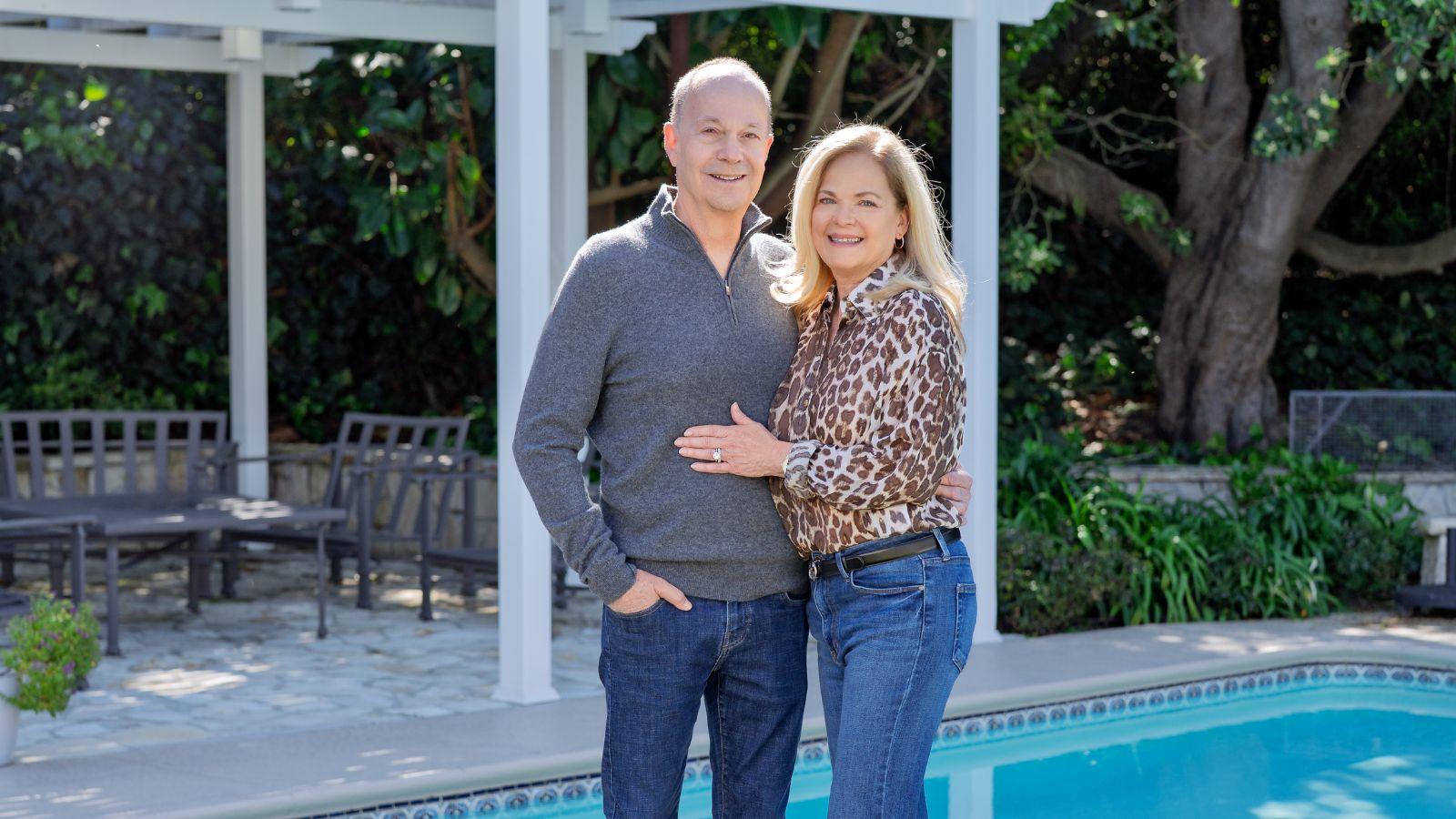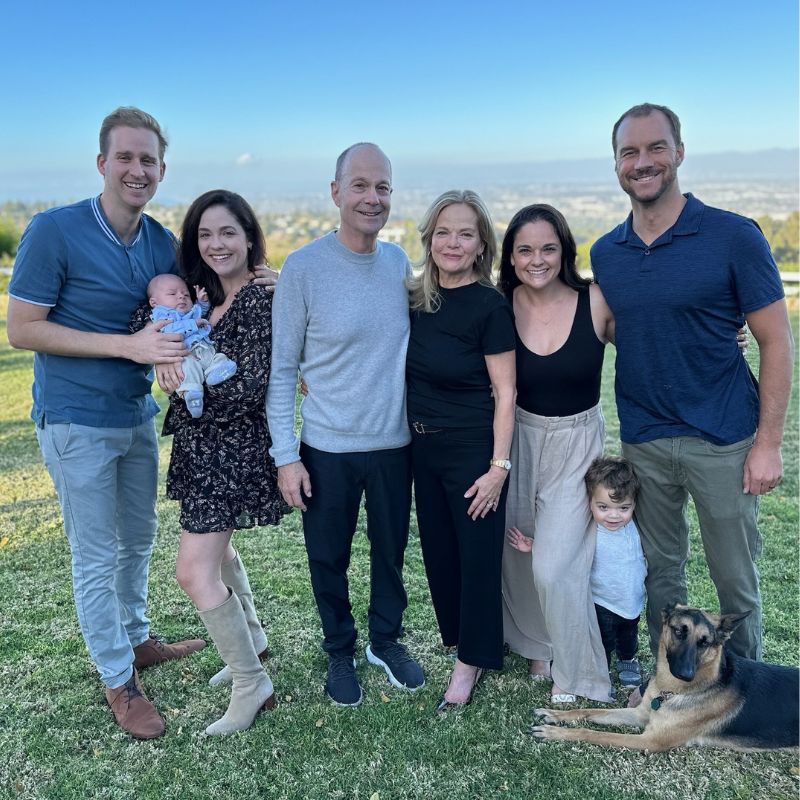
Written by Diane Krieger | Photographed by Vincent Rios
Asked to name his favorite procedure, Richard Krauthamer, MD, doesn’t hesitate: endovascular thrombectomy. This emergency stroke intervention can be a game changer for patients with acute ischemic stroke. Entering through an artery in the groin, the interventional radiologist snakes a suction catheter into the brain and quickly vacuums up the blood clots.
Dr. Krauthamer holds the Torrance Memorial speed record on this procedure: 9 minutes, from puncturing the groin to exiting. "Time is brain," so the saying goes, because around 2 million neurons and glia are lost every minute in untreated stroke.
"I've had patients who have facial droop and deviation of the eyes, who can't speak and can't move one side of their body, go on to make a full recovery,” says Dr. Krauthamer, who at age 72 is the oldest Torrance Memorial Medical Center radiologist doing endovascular thrombectomies.
"And I still have the fastest time,” he adds, beaming. "I'm pretty proud of that."
Radiology Through the Years
Dr. Krauthamer fell in love with radiology a half-century ago. Interventional radiology (IR) didn’t even exist when he got started. "Back then it was just X-rays and barium studies,” says the longtime Torrance Memorial doctor.
The profession has traveled light-years since then, and Dr. Krauthamer has kept pace while staying put in the South Bay. Since arriving here in 1982, the Brooklyn-born physician never strayed from Torrance Memorial, helping elevate the hospital to its current reputation for radiological excellence.
Much credit goes to the late Dr. Richard Hoffman, who founded Torrance Memorial’s interventional radiology program and for whom the conference center on the Torrance Memorial campus is named. Like Dr. Hoffman, Dr. Krauthamer is a longtime Torrance Memorial Foundation supporter. He joined the Ambassadors Program early on and strongly believes in the group’s mission.
"Hospitals are run to help people,” he says, "but they need money and backing. You can't have an excellent medical center without input from the community. The Ambassadors program does that.”
The Early Days
Dr. Krauthamer grew up in a multigenerational home: mother, father, sister, grandmother and an aunt all occupied a single floor of their apartment in East Flatbush, New York. It was a happy childhood. Dr. Krauthamer remembers playing punchball and stickball with kids on the block.
A precocious learner, he tested into Brooklyn Technical High School at age 12, having skipped several grades. The legendary science magnet was a launchpad for future engineers; it boasted its own foundry and a decommissioned airplane, which students regularly disassembled. Young Richard landed a spot on the swim team, an impressive feat for an undersized kid competing in a school of 6,000 boys.
Many Brooklyn Tech graduates went on to work for companies like Bell Labs, and that was his vague plan when he enrolled at Rensselaer Polytechnic Institute at the tender age of 16. But two early encounters with the world of medicine had made deep impressions.
At 13, he fractured his lower forearm in a gymnastics class. The orthopedic surgeon who reset his arm "kept explaining everything he was doing,” Dr. Krauthamer recalls.
His second early encounter with medicine was heartbreaking. As his beloved grandmother vomited blood in the ER, the staff at the local hospital "basically stood by and watched her die.”
After college, he applied to medical schools and accepted a full-ride scholarship at SUNY Downstate Health Sciences University, just a few blocks from his childhood home. There, his love of radiology was sparked by Lucy Squire, MD. The world-famous Harvard educator held a part-time appointment at SUNY Downstate.
"This was pre-ultrasound, pre-CT scans, definitely pre-MRI. But radiology was technical and involved a lot of physics,” Dr. Krauthamer explains. And that fact tickled his suppressed inner engineer.
He matched at Cedars-Sinai Medical Center in internal medicine and transferred to UCLA’s radiology residency program in his second year, training under Elias "Lee” Theros, MD—a trailblazer in the field of pathology-radiology correlations. Other UCLA mentors included John Benson, MD, and Bill Hanafee, MD, innovators in the field of neuro-angiography.
Dr. Krauthamer made his own modest contributions to UCLA’s radiology history. As a Fellow in CT and ultrasound, he performed the first image-guided abscess drainage using a catheter. Pretty soon he and David Stone, MD, another UCLA fellow, were doing image-guided biopsies of the liver and pancreas.
The two were recruited into the Torrance Radiology Medical Group by Ron Becker, MD. That was 43 years ago, and both are still active in the practice, which now boasts some 20 radiologists who collectively staff Torrance Memorial’s radiology department.
Meet the Family
It was Dr. Stone who introduced Dr. Krauthamer to his future wife, Kathleen. She was an art student back then, working at an exclusive Manhattan antique gallery. She went on to be a commercial artist while raising the couple’s two children.
Daughter Nicole Nary is now a clinical psychologist in private practice in Thousand Oaks. She’s married to David Nary, a deputy district attorney in Los Angeles. They have one child, 3½-year-old Noah.
The Krauthamers’ other daughter, Danielle Zobel, is a labor lawyer and a partner at Fisher Phillips. She’s married to Michael Zobel, MD, a pediatric surgeon at Children’s Hospital Los Angeles. They have a son, 18-month-old Jack.

Dr. Krauthamer witnessed the flowering of modern radiology, frequently rubbing elbows with legends. Yet he was never tempted by academic medicine. "It gets you pigeonholed in one area,” he says. "I find private practice more stimulating. You have to know everything and do everything.”
He takes pride in having a canny eye for diagnostic radiology, but his passion—and the lion’s share of his practice—is interventional. He finds the "MacGyver factor” exhilarating. When a case feels hopeless, he says, surgeons will often look to IR for a Hail Mary pass. "We’re the last bastion. We have to really think outside the box.”
Over the years, Dr. Krauthamer has published journal articles describing his most interesting cases. His latest, in the July 2024 issue of The Cureus Journal of Medical Science, described a patient with massive pulmonary emboli "who was literally dying in front of me.” Under intense time pressure, Dr. Krauthamer improvised a strategy that saved the patient’s life, stopping a massive hemorrhage from her airways.
When he isn’t saving lives, Dr. Krauthamer likes to be in the water. "I've been scuba diving all over the world,” he says, though his swim stroke has slowed considerably since undergoing shoulder surgery in his 40s.
It was Dr. Krauthamer himself who diagnosed the tumor in his left humeral head. When the X-rays he ordered revealed a mass the size of a golf ball, he didn’t panic. To his trained eye, it looked benign. Bone tumor experts at UCLA had a more alarming initial opinion: chondrosarcoma, a cancer that develops in cartilage. "Turned out I was right, and they were wrong,” he says, with a grin.
Decades later, now a spry septuagenarian, Dr. Krauthamer continues to work a full schedule in Torrance Memorial’s radiology department. "It’s a lifetime passion,” he says of his profession. "I still love to read medical journals. I keep up with what’s new and cutting edge. And I enjoy interacting with the hospital staff. It keeps me young.”






